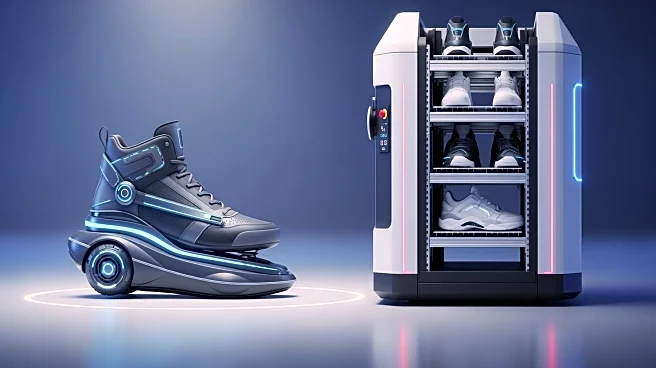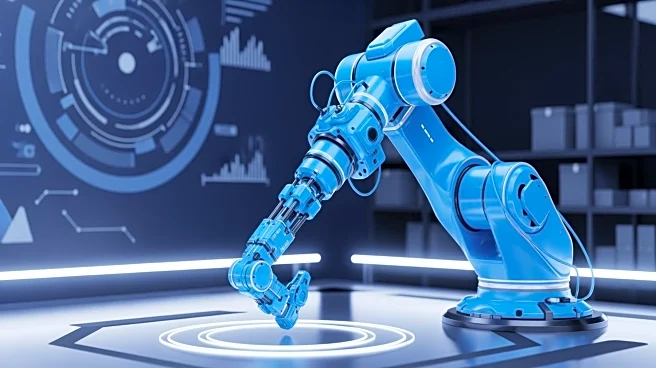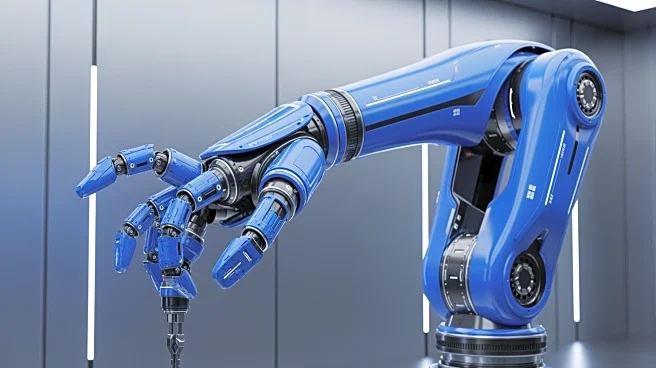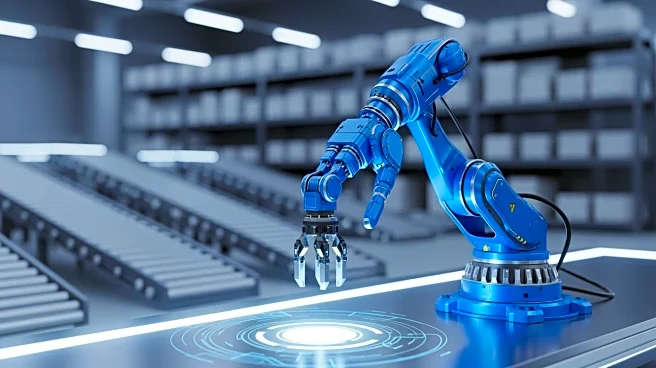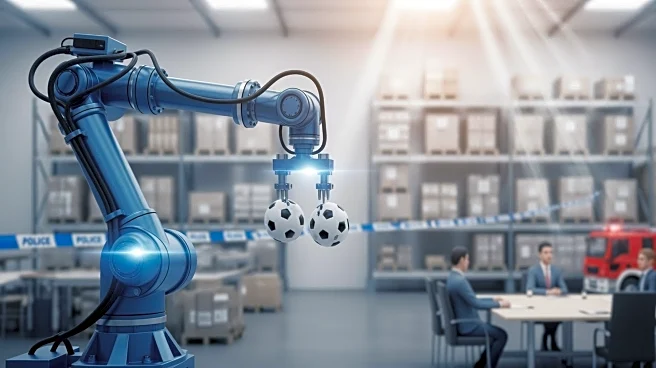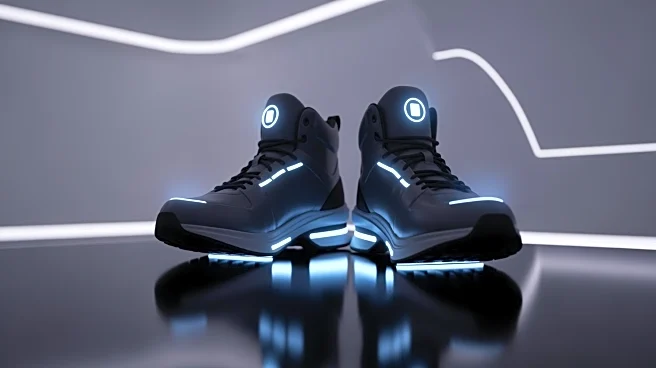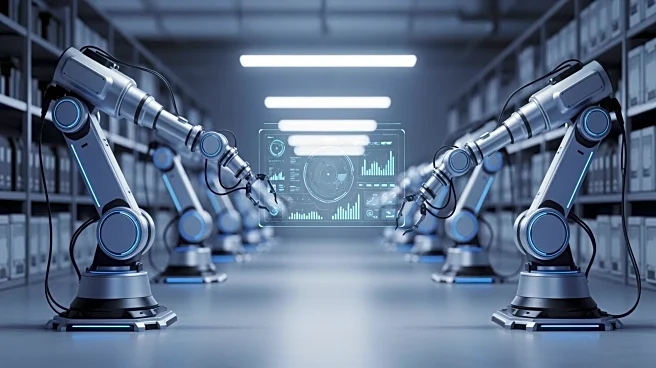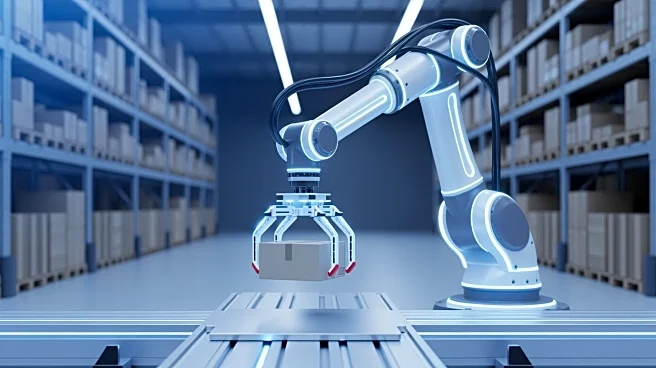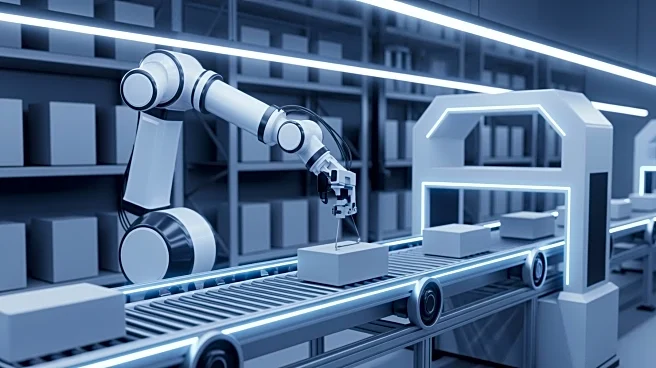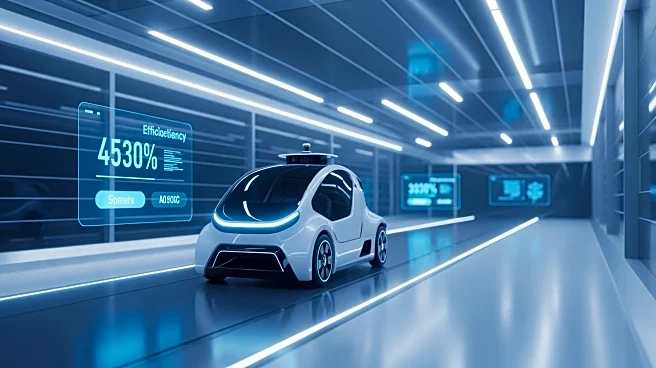What's Happening?
Nike has introduced a new motor-powered running shoe, the ACG Robot Shoe, which features a hands-free entry and exit system. This innovation is part of Nike's ongoing efforts to integrate robotics with
wearable design, enhancing accessibility and performance. Meanwhile, AutoStore, a leader in warehouse automation, has launched a new product lineup, including AutoCase and FlexBins, aimed at improving storage efficiency and reducing installation costs. These developments highlight significant advancements in the fields of robotics and automation, with implications for both consumer products and industrial operations.
Why It's Important?
The introduction of Nike's motor-powered shoe represents a significant step in making advanced performance technology more accessible and inclusive. This could potentially revolutionize the footwear industry by setting new standards for convenience and functionality. AutoStore's innovations in warehouse automation address critical challenges such as labor shortages and rising demand, offering solutions that can enhance operational efficiency and reduce costs. These advancements are crucial for industries looking to optimize logistics and supply chain management, particularly in the face of increasing e-commerce demands.
What's Next?
Nike's new shoe could lead to further innovations in wearable technology, potentially influencing other companies to explore similar integrations of robotics in consumer products. AutoStore's expanded product lineup may prompt other warehouse automation companies to innovate and compete, potentially leading to more cost-effective and efficient solutions in the logistics sector. As these technologies are adopted, they could drive broader changes in industry standards and consumer expectations.
Beyond the Headlines
The integration of robotics into everyday products like shoes raises questions about the future of consumer technology and the balance between innovation and accessibility. For warehouse automation, the focus on reducing costs and increasing efficiency could lead to shifts in labor dynamics, with potential impacts on employment and skill requirements in the logistics sector. These developments also underscore the growing importance of AI and robotics in addressing complex industrial challenges.
